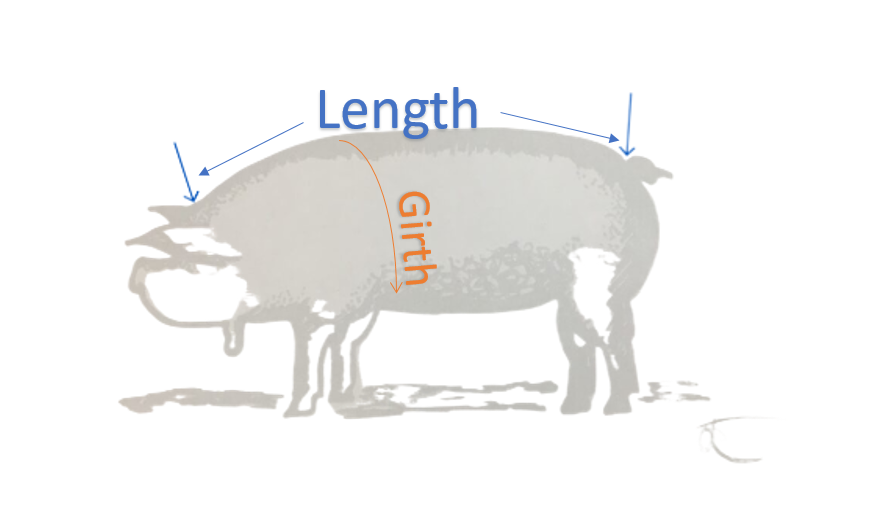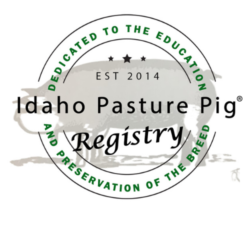General Education
Transporting Pigs Across State Lines
When moving pigs from one State to another, a unique tag is required. In some circumstances, a Certified Veterinarian is able to provide a tag. Most States require an 840 tag for interstate travel and having a Certified Veterinarian check the rules and regulations each time you are sending a pig to another state is a very good practice. Not having the proper identification is a federal offense!
The first step in obtaining 840 tags is to get a Premise Identification Number (PIN or Premise ID) for your farm.
You can find out the steps to get a Premise ID by following the link below:
https://www.aphis.usda.gov/animal-disease/traceability/pin
Tape Measurement for obtaining the live weight
Being able to get a good estimate of the weight of your pig is important to help determine when the right time is to butcher or when estimating the correct dosage of dewormer. Most people don’t have access to a scale, so having this tape measurement option is a huge benefit. The important thing to remember when doing these measurements is that to get an accurate measurement, the head of the pig should be in an upright position (as seen below).

- Take the girth measurement by going around the body of the pig just behind the front legs.
- Take the length measurement by measuring at the top of the pig’s head directly behind the ears and measure across to the base of the tail. (not the end of the tail, but where the tail starts at the body)
- Square the Girth measurement (multiply it by itself)
- Multiply the result of the girth squared by the length
- Divide the number you just got by 400 and you will get the live weight of the pig.
This method is said to be accurate to within 3% of the live weight of the pig

